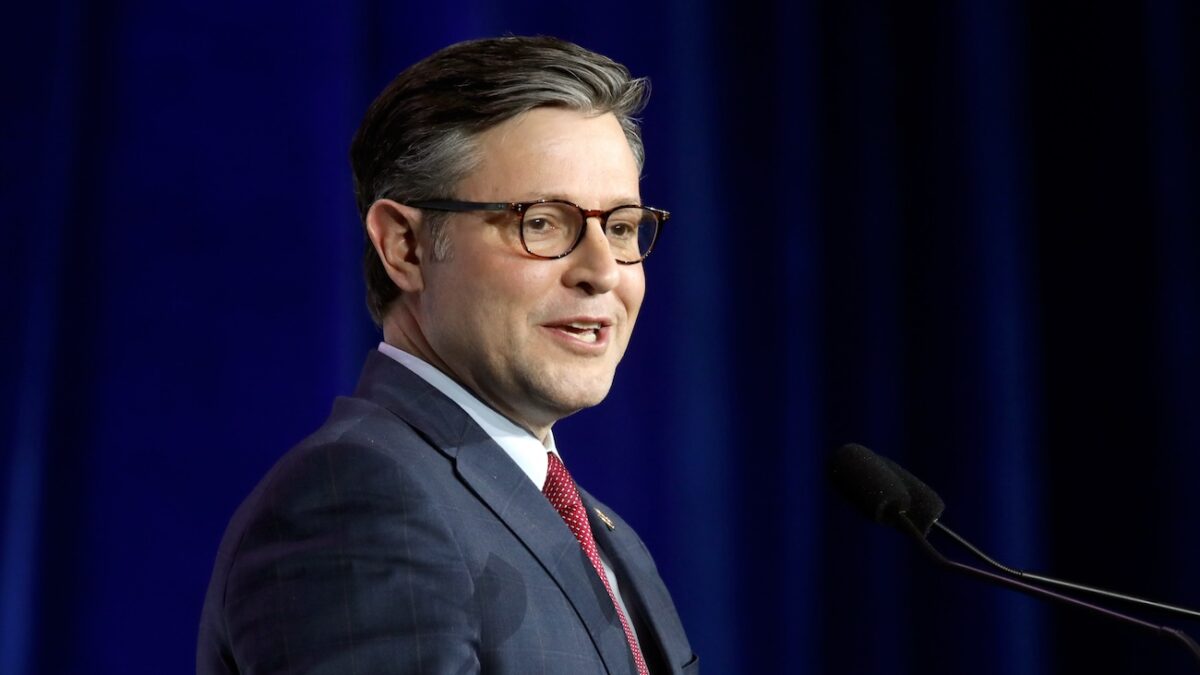
James Madison had already been buried in his Montpelier grave in 1836 when territorial leaders named the place that would become the capital of Wisconsin after him. But it’s safe to presume the “Father of the Constitution” who advocated for the “numerous and indefinite” powers of state governments would have appreciated the honor — at first.
It’s less clear — given the massive infusion of federal money into state capitols and the accompanying loss of local control — that he would be all that pleased today. Federal grants-in-aid to state and local governments have grown from just $7 billion in the 1960s to an estimated $728 billion in 2018. Almost a third of the money in many state government budgets now comes directly from Washington, D.C.
In Wisconsin alone, the equivalent of approximately 5,000 full-time state workers are paid with federal funds. That doesn’t even include the thousands and thousands of University of Wisconsin System employees who are similarly compensated.
The problem is pervasive. The name of the Badger State’s big job-training agency is the Wisconsin Department of Workforce Development. But with the federal government essentially issuing paychecks for almost three-fourths of the department’s employees, perhaps the United States Department of Workforce Development would be more accurate.
Approximately one-fifth of employees in Wisconsin’s departments of Health Services and Natural Resources are paid with federal money. In the Wisconsin Department of Transportation, it’s one-fourth. In both the Wisconsin Department of Children and Families and the Wisconsin Department of Public Instruction, it’s close to half.
Along with the paychecks comes a lot of obligation to Washington — and an enormous bureaucracy. More than 1,100 of these federally compensated “state workers” appear to be engaged merely in administrative work. Even those government employees in Wisconsin who are not paid with federal dollars still often are bound by federal directives, both in Madison and in our smaller towns and cities.
As part of the Badger Institute’s Project for 21st Century Federalism, we conducted numerous email surveys of educators. Among Wisconsin school administrators, 83 percent said it is likely there would be more innovation if they had more discretion over how federal funds are spent. Eighty-one percent said accountability would improve or at least stay the same. A majority of teachers surveyed told us federal paperwork is taking time away from students.
Madison wrote in Federalist 45 that the powers the Constitution delegates to the federal government are supposed to be “few and defined.” Some 230 years later, however, they are neither. State and local governments, along with U.S. territories and tribal governments, are eligible to apply for almost 1,600 federal grants for everything from housing to health care to the environment to education to transportation.
But why are national taxpayers paying for Wisconsin’s local sidewalks and bike paths? Should it really be funding an unpopular streetcar in downtown Milwaukee that local politicians would never pay for without so much federal largesse?
Far from clearly defined, federal initiatives are often inextricably intertwined with state programs. Our interviews with federally funded state workers revealed that many have no idea about the source of their paychecks. As federal debt rises ever higher, many of the workers perform jobs with no discernible federal purpose.
The troubling repercussions of federal spending are myriad. Absent federal pressure to match or continue local and state spending in order to maximize federal grants, local school districts would have saved a lot more money after Gov. Scott Walker curtailed collective bargaining through the nationally noticed Act 10.
Federally mandated audits are often redundant and usually don’t determine whether the grants are achieving set goals. Local policy-makers are losing the will to innovate. Too often, neither they nor their federal counterparts are accountable — and they know it. Rather than scrutinize the effectiveness of federal spending, incumbents crow endlessly about securing the latest handout for voters, earning invaluable free coverage from an uncritical media. We call this “grantstanding,” the title of our recent book.
James Madison envisioned distinct state and federal governments constituted with different powers and purposes. He expected the state governments, protectors of liberty, to push back if the federal government became too obtrusive. Instead, the states have become sycophants and beggars, and Americans’ distrust of the federal government is starting to extend to state governments as well.
There are solutions. Among them: Cut federal spending on grants-in-aid and let states fund what’s most important; scale back the Department of Education; shift spending to block grants; take full advantage of flexibility built into the Every Student Succeeds Act; and increase transparency at both the state and federal level.
For starters, though, we might all ponder whether the father of the Constitution would consider having a state capital named Madison after him an honor — or an affront.









